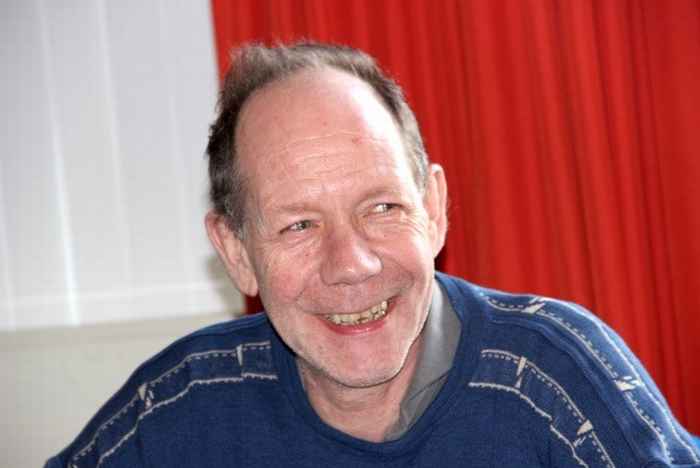In memoriam Tom Hijmans
16 October 2024

Tom was a scientist with broad interests and a critical mind. He always had a constructive attitude towards his colleagues and showed a great sense of humor and the ability to put things into perspective. He was immune to any form of authority and would not yield until he had convinced himself.
He made significant contributions to our faculty, both in research and education:
He contributed (both experimentally and theoretically) to the study of quantized surface waves and zero-point fluctuations of the surface of superfluid liquid helium, as well as the phenomenon of quantum reflection at low temperatures. He was the first author of a renowned and controversial article on the nature and feasibility of Bose-Einstein condensation of atomic hydrogen in a magnetic trap. His prediction proved to be correct in all its detail. He was a driving force in the construction and interpretation of our optical experiments (Lyman-alpha spectroscopy and optical cooling) with atomic hydrogen in a magnetic trap and on the surface of liquid helium. In Paris, he contributed to measuring spatial correlation functions in gas clouds of metastable helium atoms at low temperatures. In all this work, he was a pillar of support for the involved PhD students.
Tom also contributed significantly to our education, in particular, being an outstanding experimentalist, in teaching our practical courses. Few others know so well the difference between practical exercises and a real experiment. This undoubtedly resonated in his guidance of students.
Tom also delved into restoring pianos. He played the instrument himself and could speak fascinatingly about it. I have a cherished memory of a colloquium where he demonstrated different tunings on a self-built replica of a historical instrument and how they determined the playability of a piece of music.
We thank Tom for all of this.
Jook Walraven
Emeritus Professor
Institute of Physics
University of Amsterdam